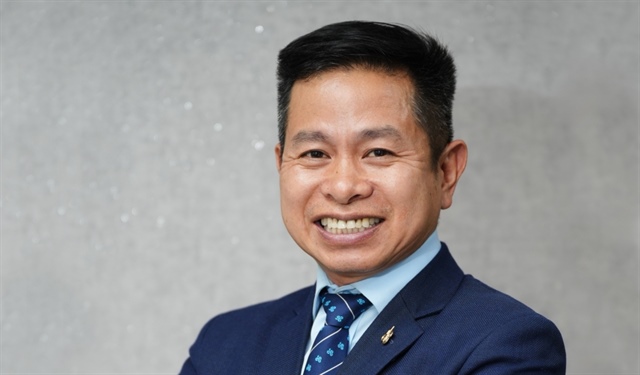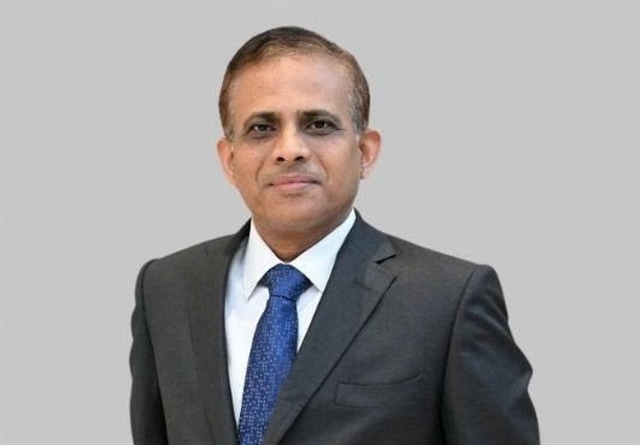Banks increase long term saving interest rate
Banks increase long term saving interest rate
For the first time in past several months, the banks here have started to apply the saving interest rate for long terms higher than that of short terms.
On the first day of applying the deposit interest rate cap of 9 percent per year as prescribed by the State Bank of Vietnam (SBV), commercial banks lowered the saving interest rate to 9 percent per year or even lower. However, with the abolishment of saving interest rate cap for long terms, many banks are listing the saving interest rate at above 9 percent per year.
Particularly, at Bank for Investment and Development of Vietnam (Bidv), on June 11, the bank’s deposit interest rate for 1-9 month terms is at 9 percent per year while other terms of from 12-months and longer at 10 percent per year.
At Vietnam Commercial Joint Stock Bank for Foreign Trade (Vietcombank-VCB), the highest saving rate is 9.5 percent per year for long terms.
At Vietnam Export Import Commercial Joint Stock Bank (Eximbank-EIB), the saving interest rate for from 12-month terms is 9.2-9.5 percent per year.
Earlier, according to the Circular 19/2012/TT-NHNN, the central bank ruled that the saving rate from 12-month terms and longer will be decided by credit institutions basing on the capital demand and supply in the market. As explained by the central bank, this regulation aims to create favourable conditions for banks to restructure its capital sources more positively. And this is also a step forward removing the saving interest rate cap in dong in the future.
Pham Linh, deputy general director of Orient Commercial Joint Stock Bank (OCB) said that the saving interest rate of long terms has been lower than that of short terms in recent months as banks forecast the interest rate will further fall, therefore if raising capital at high interest rate for too long terms, it will not be beneficial for banks. Currently, the deposit interest rate may be stable for a long time in the near future, helping banks strongly mobilise capital for long terms at higher interest rate.
Indeed, Linh said that, most banks are raising money for short terms while with only 30 percent of raised capital in short terms is used to lend for medium and long terms, so the capital structure is not symmetric. Therefore, banks need to add capital sources from long terms for lending activities. Hence, banks have increased the saving interest rate for long terms
tbktsg























